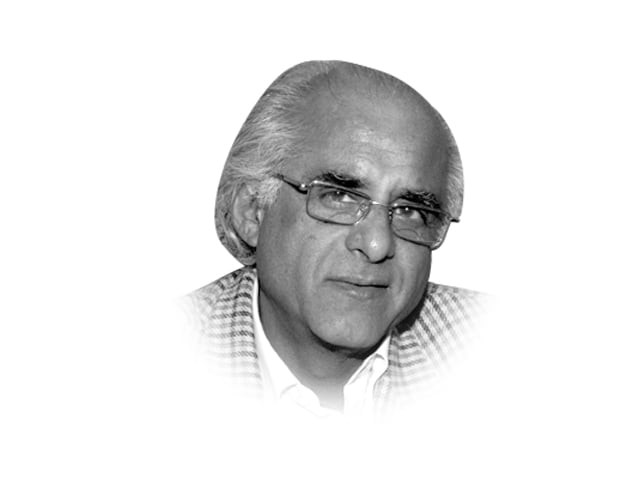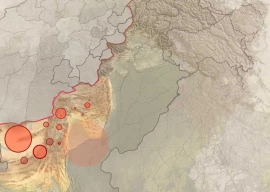
Awaiting the king’s permission to enter the town, the philosopher and his friend stayed in a temple, a short ways outside Taxila.
The city was brand new, rising like a phoenix from its own ruins: Only nineteen years earlier, in 25 CE, it had been flattened by an earthquake — not the first in its chequered history.
They passed by the brand-new temple of the sun where the guide halted his wards to let them admire the walls of red marble and, once again, the copper-plate murals. The murals on both temples, Damis informs us, showed scenes in full colour and accurate portrayal of the struggle between Raja Paurava and Alexander.
The “correctness of drawing, vivacity of expression, and truthfulness of perspective” in the murals reminded Apollonius, so records Damis, of the great masters of Greece. These mosaics, installed on the orders of the Punjabi king after news of Alexander’s death filtered back from Babylon, depicted Paurava as the vanquished and Alexander the victor. Damis wrote that this bespoke the “noble character of Porus”. We are also told that Paurava ordered the murals so that history may not be corrupted.
Consider: Alexander had died in Babylon in June 322 BCE immediately following which the Greek governor of Taxila and his garrison bolted to take sides in the War of Succession. Paurava was now the undisputed and absolute monarch of Punjab between the Sindhu and the Beas Rivers. A man any less scrupulous would have now rewritten history. The murals such a person may have ordered would have shown Alexander in abject defeat. But Paurava was not a giant only in physical terms, he possessed a soaring character to match the physique. He ordered the murals to preserve history as it had unfolded.
Now, the Taxila that Alexander visited and where Paurava would have installed the murals is known as the Bhir mound, a hundred metres south of Taxila Museum. In 184 BCE, another branch of Greeks invaded and took Taxila. Unused to the clutter of narrow, winding streets and cramped housing, their king, Demetrius, established the city that we know today as Sirkap, a kilometre to the north.
The ruins of Demetrius’ city are seen in an archaeological trench, some six metres deep by the west gate of Sirkap. That is, in the course of time this city was ruined and on its foundations Taxila rose again and again until the earthquake of 25 CE, once again, laid it low. Even as the city was being rebuilt, we see that Apollonius and Damis find the murals of Paurava adorning a recently constructed shrine.
This implies that when Demetrius moved the richer segment of society to his new town, he moved the murals too. When his city fell and rose again over the years, the murals were faithfully retrieved each time and suitably reinstalled so as to reach the Parthian period. This means only one thing: That was an age when kings admired a past king’s rectitude and truthfulness. And so it was that the work commissioned by Raja Paurava back in the 4th century BCE came down through three hundred and sixty years to be recorded by Damis in 44 CE.
With our blighted outlook on history, we have forgotten Raja Paurava. But that takes nothing away from that great man — a king who truly deserves for his name to be appended with the Great. Only we have lost an icon to model ourselves after. Perhaps that is one reason we are now such pygmies.
Published in The Express Tribune, January 29th, 2011.













COMMENTS
Comments are moderated and generally will be posted if they are on-topic and not abusive.
For more information, please see our Comments FAQ